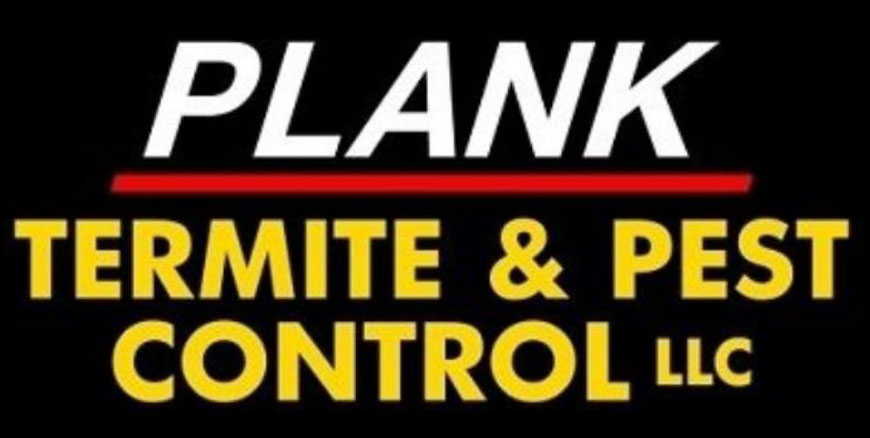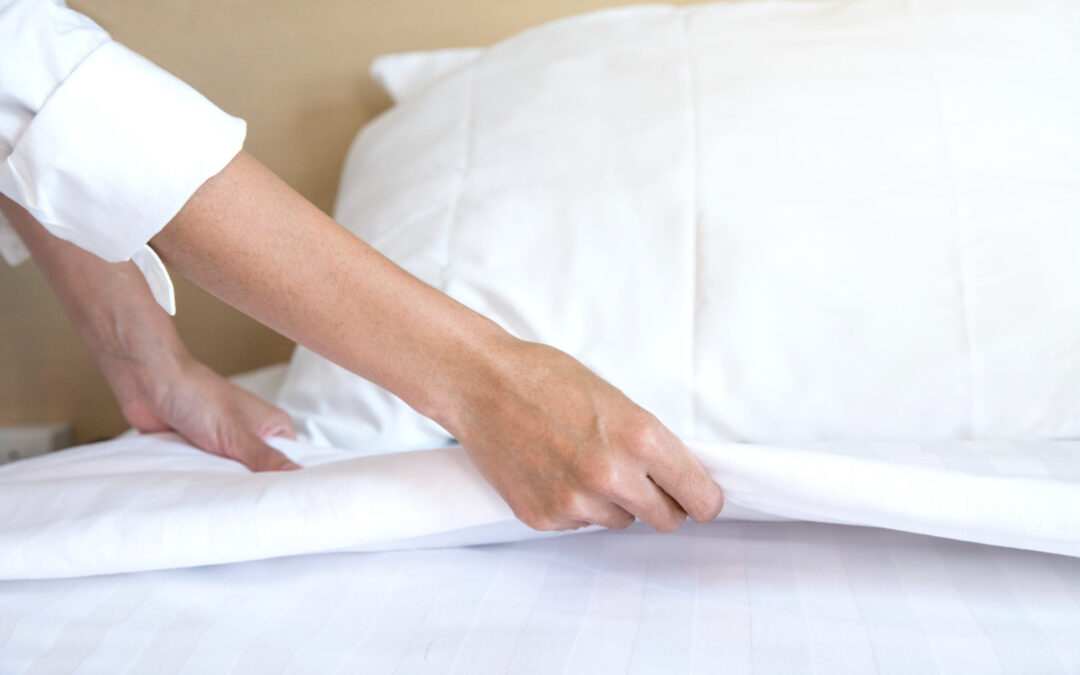The earliest signs of a bed bug infestation often appear as tiny, rust-colored stains on your sheets or pillowcases. These are traces of blood from bed bugs that have been squashed after their meals. You might wonder why these bugs would be crushed. This happens inadvertently when you roll over in your sleep, completely unaware of these unwelcome guests sharing your bed. So, next time you do your laundry, pay attention to those subtle rust tints on your linens.
Habitats Preferred by Bed Bugs
“Where do bed bugs live?” you might ask. Well, bed bugs like to be close to their food source, which, unfortunately (or fortunately for them), is us humans. They need a steady source of blood to survive and grow, so they have adapted to living where they can easily access human hosts. One of the most common spots you’ll find bed bugs is right where you might expect—in your bed.
- Mattresses & Bedding — Bed bugs are drawn to this place because it is often warm and tucked away, providing an ideal environment to thrive undetected. They are adept at hiding within the seams, crevices, and tags of mattresses, box springs, and headboards.
- Furniture — Sofas, chairs, and nearby furniture with cracks and joints, especially wooden or upholstered items, provide ideal hiding spots for bed bugs. Despite the toughness of the cracks, bed bugs can make themselves comfortable in these spaces.
- Clutter — If your room is cluttered, it may be a paradise for a bed bug looking for dark corners or cozy folds to take refuge. It’s not even unusual for them to shop in electrical outlets or appliances.
Effective Response to Signs of Bed Bugs
So, you’ve spotted the telltale signs – What’s next? Here’s a simple guide to steer you in the right direction.
Immediate Cleaning
The first step is to gather all your bedding, linens, curtains, and clothing. Wash these items using the hottest water temperature recommended by the manufacturer. After washing, tumble dry them on the highest heat setting possible to help eradicate any bed bugs or eggs hiding within the fabric. Keep in mind that high temperatures are essential for eliminating these pests from your personal items.
When taking these precautions, it’s important to note that simply tossing things in the washing machine won’t always be enough. Carefully inspect each item, paying close attention to seams where bed bugs may hide and lay eggs. If any seams are frayed or damaged, consider discarding those items altogether. It’s better to be safe than sorry.
Seek Professional Inspection
It’s important to keep in mind that while regular cleaning can help, a pest infestation can quickly get out of hand if not dealt with promptly. That’s why it’s often best to seek professional pest control services for a comprehensive inspection and targeted treatment. Professionals have the expertise to accurately assess the extent of the problem and carry out precise treatment measures to effectively eliminate bed bugs from your home.
In addition, professionals have access to specialized tools and knowledge that allow them to locate bed bug hiding spots and areas where they lay eggs, providing a level of thoroughness that’s difficult to achieve with DIY methods.
Remember: The early signs of bed bugs should not be taken lightly, and swift action is crucial when addressing this issue.
For additional information on bed bug infestations and effective pest control solutions, I recommend visiting our website at Plank Pest.
Addressing early signs of bed bugs promptly can stem a potential infestation. Stay informed and take proactive steps to effectively prevent and manage bed bug issues.


Recent Comments